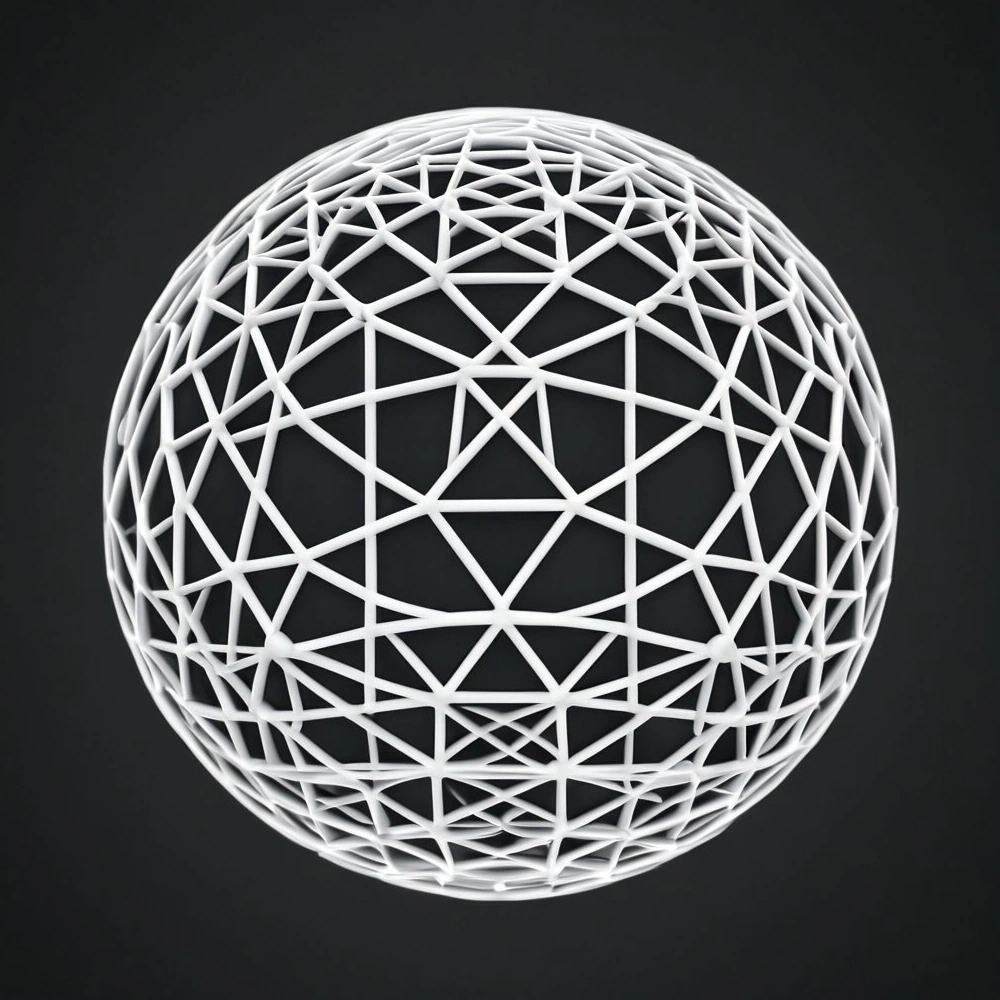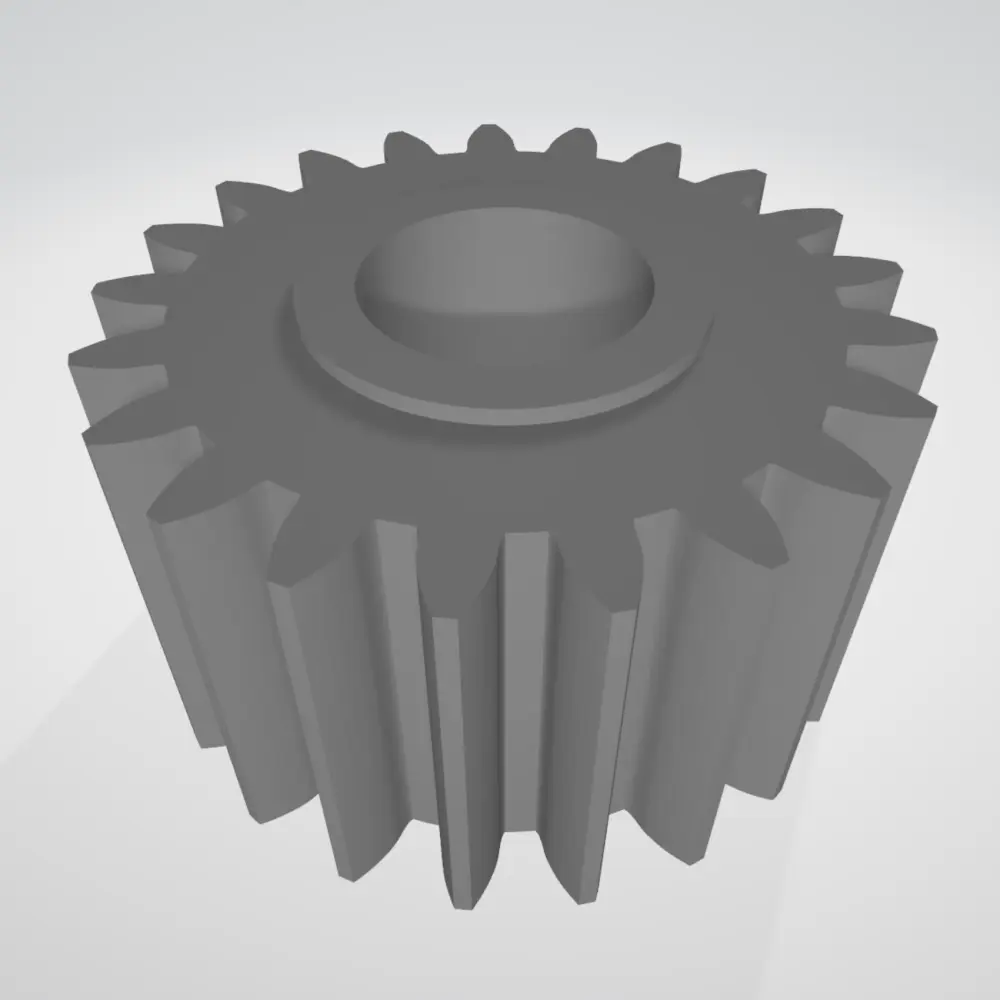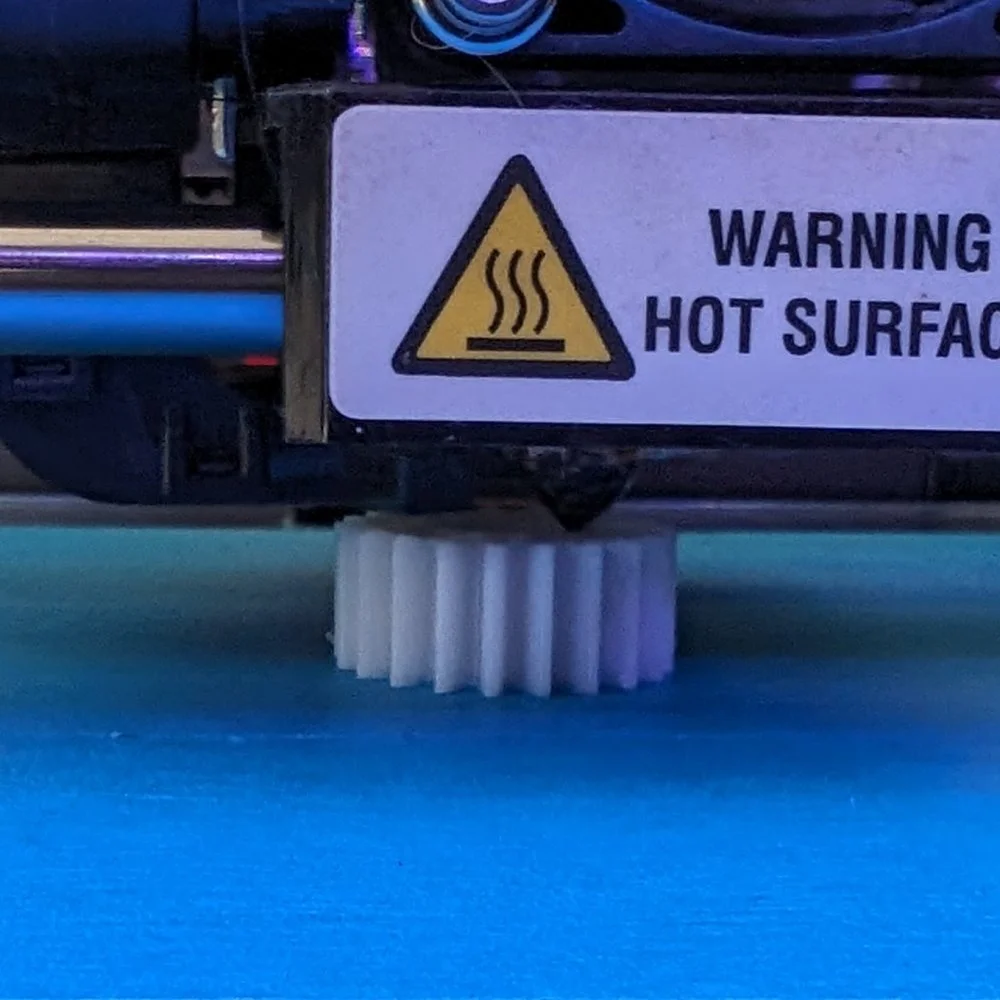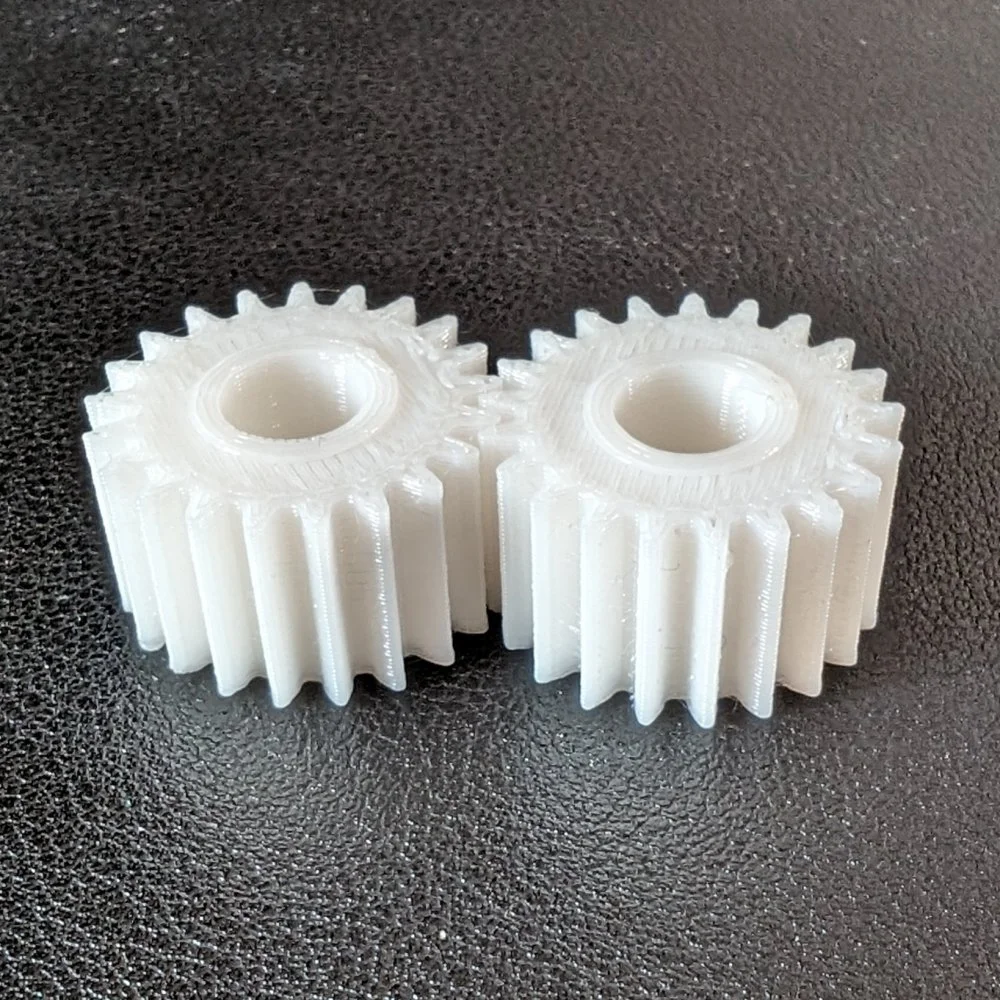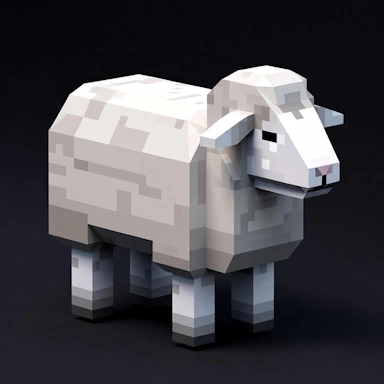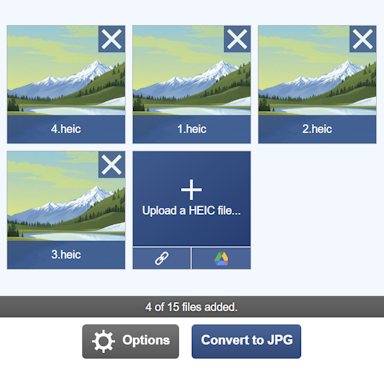A Comparison of FBX and STL File Formats
Here we will look at both the FBX and STL file formats and compare their features to try to work out what format is best to use for a given situation. Before we begin, if you're not familiar with 3D modeling and the terminology behind it, we thoroughly recommend this great article that explains 3D modeling concepts and the terminology that goes with it.
Structure
To begin with, we will look at how both formats store 3D model data. Starting with the FBX format, which is a modern 3D modeling file format that supports a wide range of features such as mesh geometry, materials, animations and more. Due to it storing this data in binary format, FBX files are usually small and compact compared to the STL format.
Moving on to the STL format, which is far less capable than the FBX format in that it is a simple, fixed format for storing triangles. Other than some obscure customized versions of STL that allow limited material color to be applied to the model triangles, storing a triangulated 3D mesh is all you get with the STL format. STL files come in either text or binary formats, with the binary format preferred due to the large file sizes of 3D models stored in the text version.
Supported Material
FBX files support model materials, whether they be plain color materials or textured materials; both types are supported. STL files, on the other hand, do not support materials or textures at all. With the FBX format, materials and textures are integral to the file format and are stored within the main file along with the other 3D model data and support ambient, diffuse, and specular colors and textures in addition to bump maps. It should be noted that it is also possible to link texture images inside the FBX file allowing you to keep the image files separate from the main FBX file.
A textured 3D model of Earth in FBX format
A simple set of 3D objects in STL format
A textured trooper stored in FBX format
Editing
Given its support for complex materials and animations, the FBX format has become increasingly popular in recent years and can be used in many 3D editing applications, though with the advent of the GLB format, FBX files and their closed format, are losing their appeal somewhat. The STL format, on the other hand, has been around much longer than the FBX format and is supported by most 3D modeling applications, and crucially, it is also supported by most 3D printing slicer software.
File Size
The FBX format stores data in a binary format, making it an efficient 3D model storage medium with any additional texture files included in the same file package or attached as separate image files. For STL files, these can be either text or binary in format. Due to the inefficiency of representing 3D geometry as text, choosing the binary format is advisable for larger models. As STL files do not support textures, you will lose any model texture information when saving a 3D model in the STL format.
Due to the way that STL files define the triangles that make up a mesh, the data will be larger in the STL format than the equivalent mesh saved in the FBX format. For STL files, we have a tool to compress the 3D data within an STL file to help reduce the size without losing any detail in your 3D model.
Summary
As the FBX format is a more modern format and supports materials, textures, animations, and more, storing your models in the FBX format is most likely the best option; the only reason to save a model to the STL format is if you are intending to 3D print the model, in which case you may want to consider saving to the more modern 3MF format which is supported by many 3D printing applications and supports materials, textures, and data specific to 3D printing.
